What we do
Services
Experts in



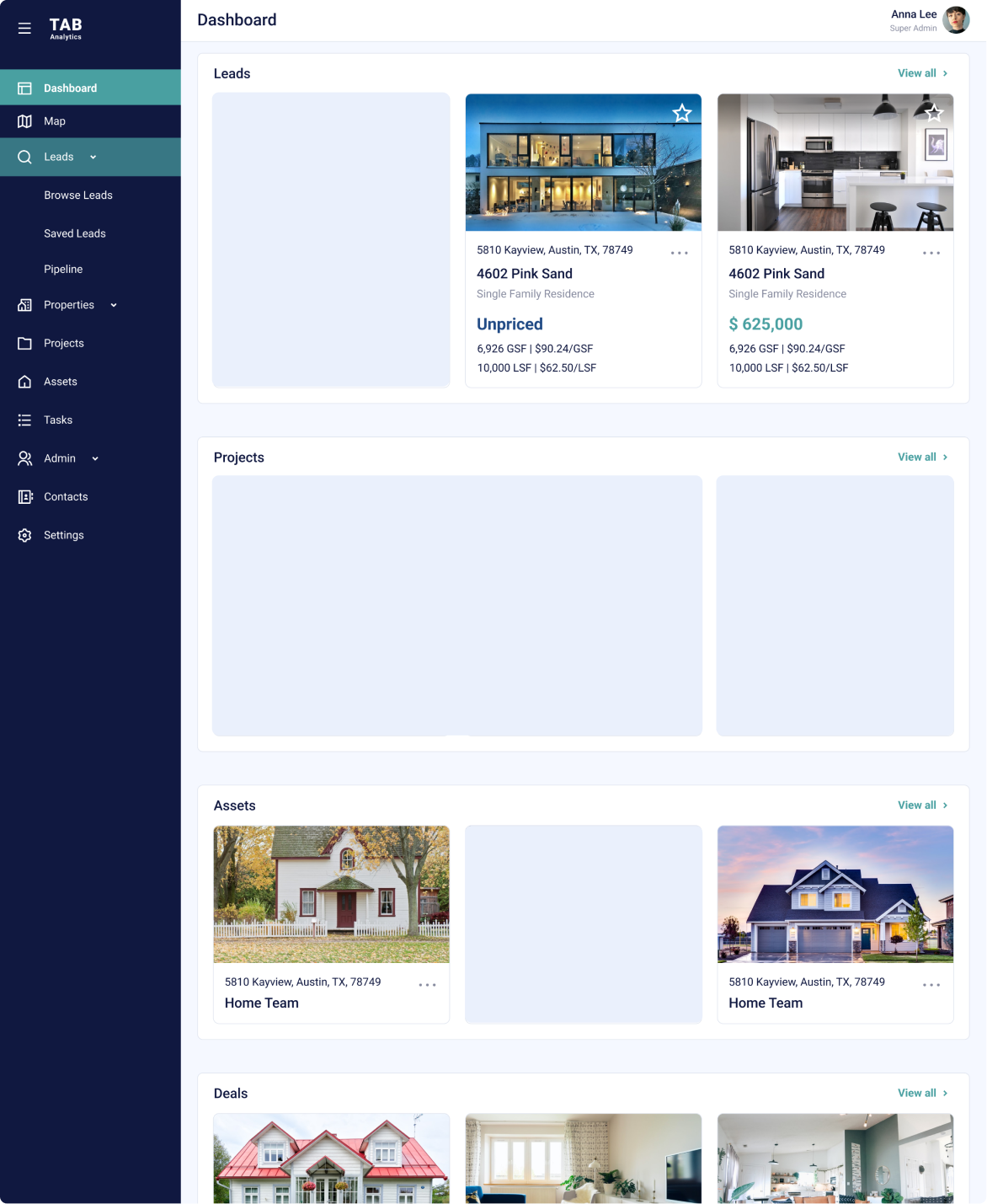





Our client owns a real estate business in the United States. He and his team look for parcels of land in Texas that may be profitable to purchase and develop. After our client develops a property, he can sell it or rent it out to other businesses or investors.
The client’s business processes consumed a lot of resources. Searching for appropriate land, communicating with its owners, and presenting profitable properties to investors were especially time- and effort-consuming.


Since our client’s revenue comes from real estate operations such as sales and property rentals, the client needed to understand how attractive a particular property might be for investors. To do that, he had to manually gather and analyze a lot of information about properties, including their location, size, and price.
We connected the client’s platform to existing real estate websites via APIs. This allowed our client to effortlessly gather and organize information about potentially interesting properties available for sale or rent.
This functionality allowed our client’s team to reduce the time they spent searching for and examining numerous parcels and properties. Moreover, it decreased the number of mistakes that might happen because of human factors.





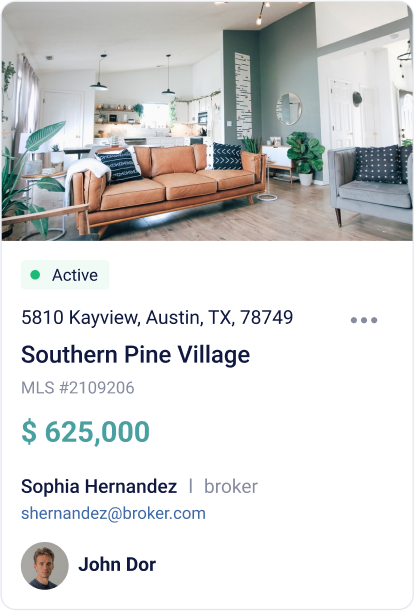

With the connected APIs, our client tackled his initial challenge — automating the parsing of data from various sources and storing that data in one place. But our client’s team also needed to work with this data to find potentially profitable parcels or properties to buy and resell in the future. The data was unsorted, which led to much manual work and slowed down the search process.
To optimize work with raw data, we created the Leads module.
The Leads module enables effortless property search. We implemented filters that allow company managers to sort out parcels and properties by their type, location, price, size, and other characteristics. Using this module, our client can also save leads that might be interesting for him.
For our client, finding an appropriate lead is only the beginning of a successful deal. After that, other processes such as working with projects, structuring contact information, and managing users come into play. As a result, our client needed an effective system to manage different processes with the app.
The first thing we did to solve this challenge was to expand the functionality of the Leads module. We added a Kanban board to track property statuses, from saved lead to purchase.
To provide our client with an opportunity to automate other routine processes, we created three more modules in addition to Leads:
Our client had created the app’s design before we started working together, and we developed backend functionality according to his requirements without changing the design.
However, the old design didn’t provide the expected user experience, which negatively impacted the speed and quality of real estate managers’ work.
To make the platform more intuitive for the client’s team, our UI/UX designer fully redesigned the application.
We created a UI kit that reflected the client’s brand and used modern design approaches to freshen up the application. At the same time, we tried to stick to the existing logic in order to keep the whole redesign within the client’s budget.
Once the redesign was ready, our frontend developers implemented the update, adjusting the app logic where necessary.
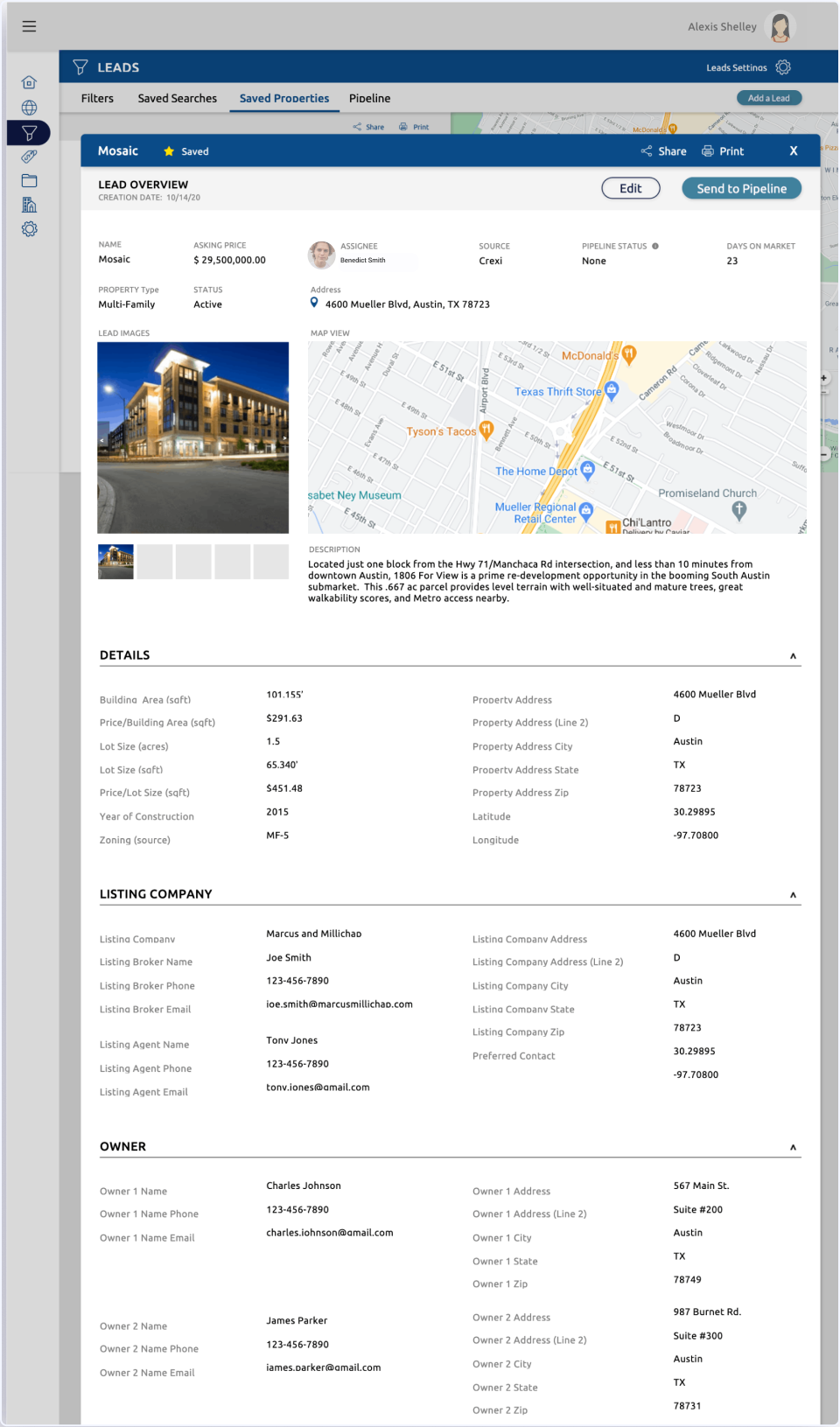






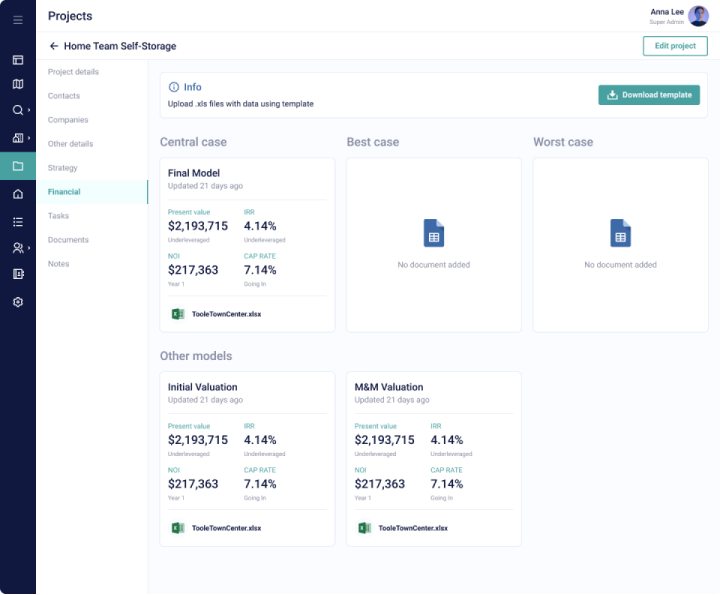







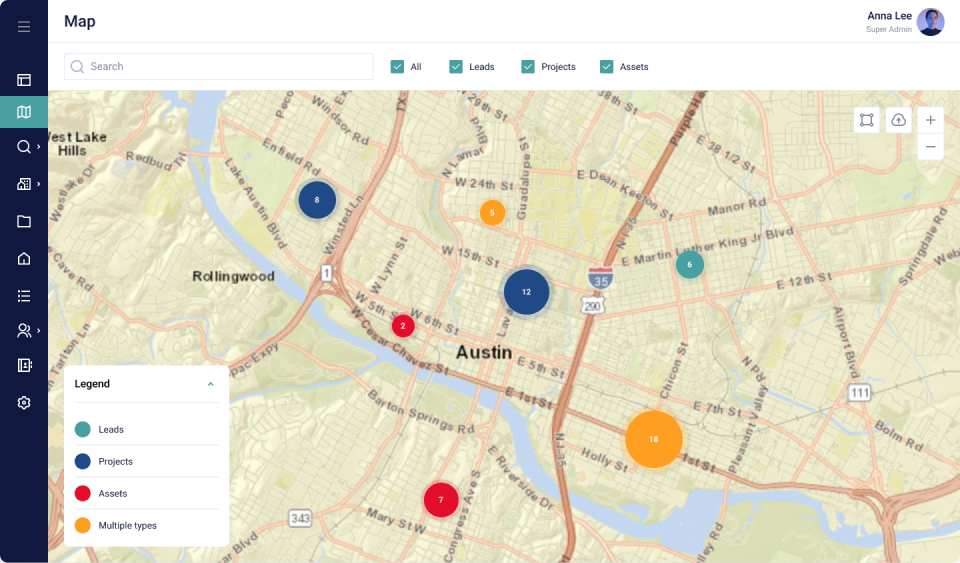

That’s evident in how the team communicates with us and how they attend to our requests. By making the complex simple, and following through with execution, gives us the confidence to explore further.
Building a web application takes methodical discipline coupled with technical proficiency. This team has that ability and consistently delivers. We find it impressive that they're always willing to try new things to develop our vision.
At the moment, the application is in beta testing. Our client is using it in his company and trying out all the features on real projects.
Our client is planning to improve the existing product version, add more features that will be useful for similar real estate businesses, and sell the app as a white-label SaaS product in the future.